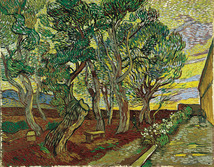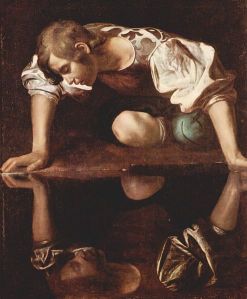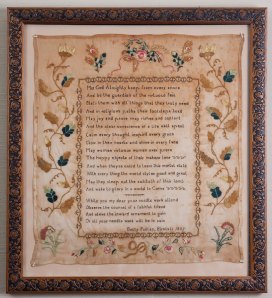The Healing Power of Music: An Interview with Penny Brill
Penny Anderson Brill has explored the connection between art and healing in a personal way. A graduate of Juilliard, she joined the Pittsburgh Symphony Orchestra in 1980, as a violist. Yet her commitment to music and its potential impact has taken her not only to the stage but also to area hospitals and wellness programs. Her work in bringing art to healing environments has attracted international attention, and I wanted to learn more about this artist who has translated her virtuosity into serving the wellness of many over the years.
Click here for Jessica Ryan’s interview with the fascinating Penny Brill, who has demonstrated first-hand the healing power of music.

















